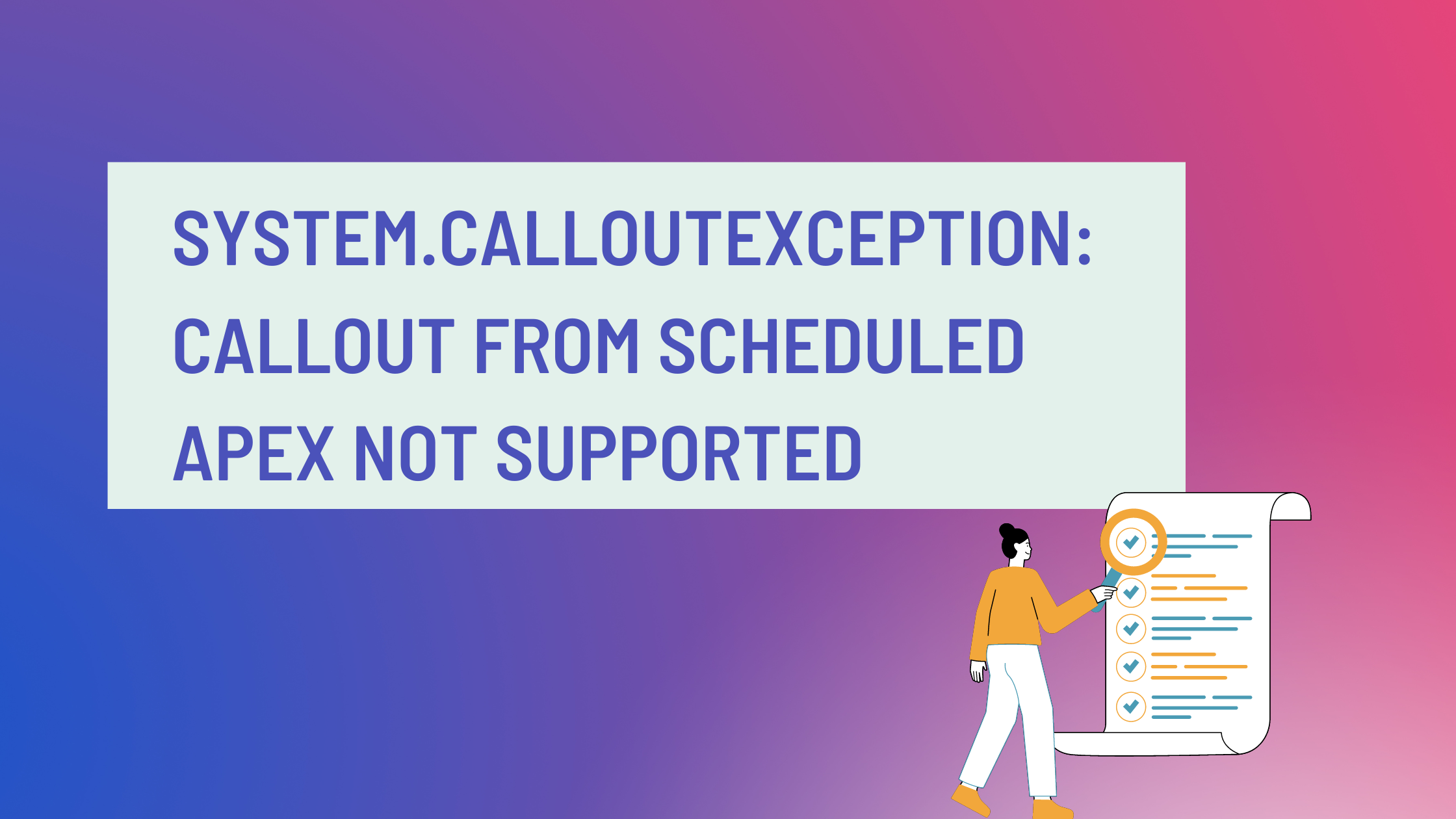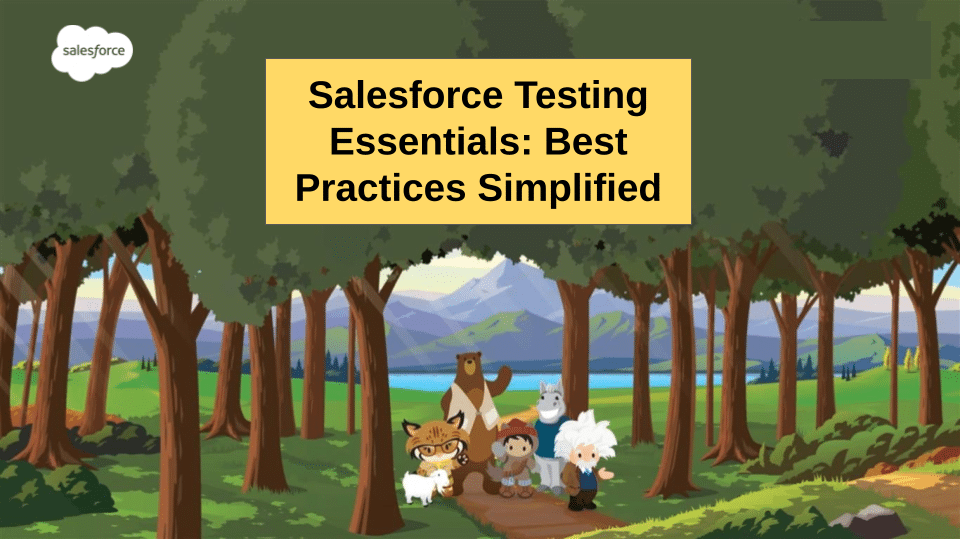Developing Salesforce apps successfully involves adhering to a set of best practices to ensure efficiency, scalability, and user satisfaction. To start, define clear objectives for your app and design a well-thought-out data model using a combination of standard and custom objects. Utilize automation tools, like Process Builder and Workflow Rules, to streamline business processes, and create a modern user interface with Lightning components.
Security is paramount; apply role-based access controls and field-level security settings to protect sensitive data. Adhere to Salesforce’s governor limits, write unit tests, and embrace continuous integration and deployment (CI/CD) to ensure code quality and streamline the development process. Documentation is crucial, encompassing code comments, process diagrams, and user guides.
Regular performance monitoring and optimization are key to maintaining a smooth user experience. Design your app with scalability in mind, considering data volume and potential integrations. Stay updated with Salesforce releases to leverage new features. Engaging with the Salesforce community can offer valuable insights and support.
Finally, implement backup and recovery strategies to safeguard data. By following these best practices, your Salesforce app will be robust, user-friendly, and ready for future growth, making it a valuable asset for your organization.


















